The fashion industry has long been criticized for its narrow beauty standards, but in recent years, the rise of plus-size models has been heralded as a step toward inclusivity. Walk into any major retailer or flip through a glossy magazine, and you’ll likely encounter curvier faces and bodies gracing campaigns and runways. Yet beneath the surface of this celebrated shift lies a more complicated reality—one where commercial interests often overshadow genuine progress. The so-called "plus-size model boom" is not just about body positivity; it’s also a carefully calculated business strategy.
Brands have quickly realized that catering to a broader audience is profitable. The global plus-size market is worth billions, and companies are eager to tap into this lucrative demographic. What was once a niche sector has now become mainstream, with high-profile labels and fast-fashion giants alike featuring models who defy traditional size norms. But while the visibility of plus-size models has undeniably increased, the industry’s commitment to meaningful change remains questionable. Many argue that this inclusivity is performative—a way to capitalize on a cultural moment rather than a sincere effort to dismantle long-standing biases.
The term "plus-size" itself is fraught with contradictions. In the modeling world, a size 8 or 10 can sometimes be labeled as such, despite these measurements being close to the average for women in many countries. This arbitrary classification reinforces the idea that anything above a sample size is an exception rather than the norm. Meanwhile, the most successful plus-size models often possess hourglass figures—curvy but still conforming to a specific, socially acceptable ideal. Those who fall outside this narrow spectrum, particularly models with larger bodies or less conventional proportions, still struggle to find representation.
Behind the scenes, the experiences of plus-size models reveal a stark contrast to the polished images seen in advertisements. Many report being treated as novelties rather than equals, subjected to condescending comments or last-minute wardrobe malfunctions because designers fail to properly accommodate their sizes. Runway shows, in particular, remain largely exclusive, with only a handful of token plus-size appearances each season. The message is clear: while brands are happy to profit from diversity in advertising, they’re less willing to invest in the systemic changes needed to make the industry truly inclusive.
Consumers, too, are growing wary of empty gestures. Social media has given a platform to activists and influencers who call out brands for using plus-size models as a marketing ploy while continuing to produce clothing that doesn’t cater to larger bodies. Limited size ranges, poorly constructed garments, and higher prices for plus-size items are just a few of the persistent issues. The disconnect between representation and reality has led many to question whether the industry is genuinely evolving or simply repackaging old prejudices in a more palatable form.
Yet, there are glimmers of hope. Independent designers and smaller brands are leading the charge, creating fashion that celebrates all bodies without compromise. Social media movements like #EffYourBeautyStandards have empowered individuals to demand better, pushing larger corporations to follow suit. Some retailers have begun expanding their size ranges, and a new generation of models is challenging stereotypes by embracing their bodies unapologetically. These efforts, though still in their infancy, suggest that real change is possible—but only if the momentum continues beyond mere trends.
The conversation around plus-size models is no longer just about visibility; it’s about accountability. The fashion industry must move beyond tokenism and address the structural barriers that prevent true inclusivity. This means hiring diverse talent at all levels, from designers to executives, and ensuring that clothing is accessible to people of all sizes, not just those who fit a marketable mold. Until then, the "plus-size boom" risks becoming another fleeting moment in fashion history—a well-intentioned but ultimately superficial gesture that fails to deliver on its promise of acceptance.

By /Aug 13, 2025

By /Aug 13, 2025
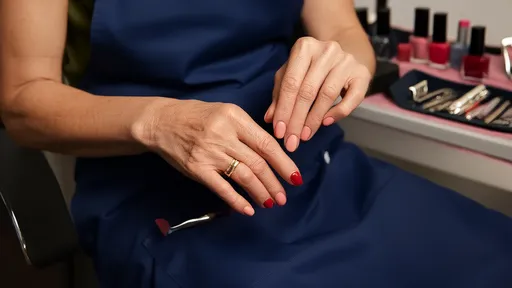
By /Aug 13, 2025

By /Aug 13, 2025

By /Aug 13, 2025

By /Aug 13, 2025
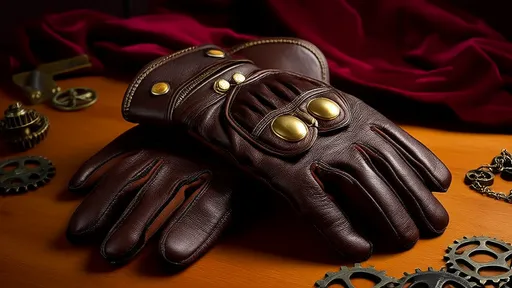
By /Aug 13, 2025
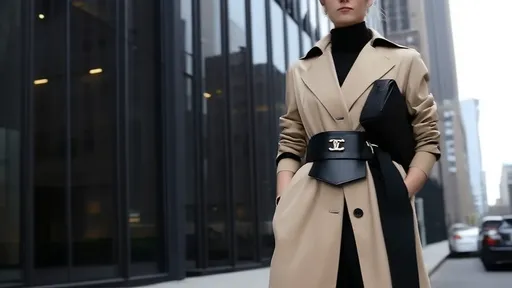
By /Aug 13, 2025

By /Aug 13, 2025
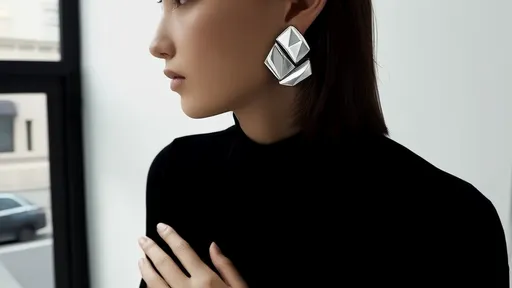
By /Aug 13, 2025
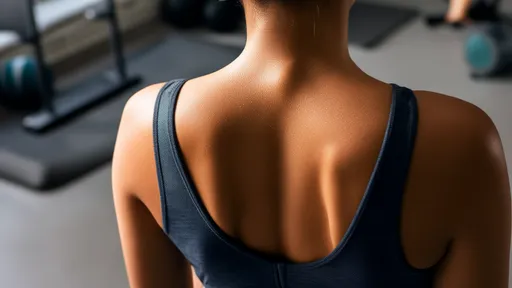
By /Aug 13, 2025
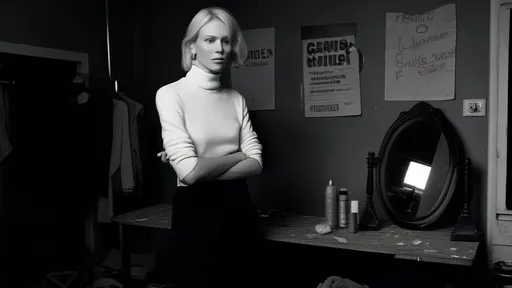
By /Aug 13, 2025

By /Aug 13, 2025
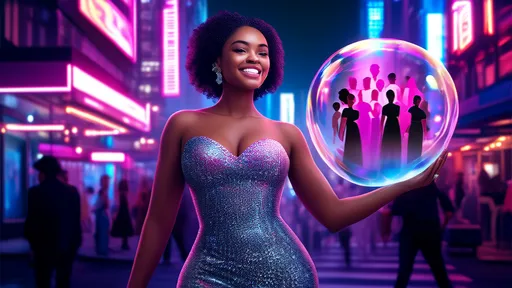
By /Aug 13, 2025
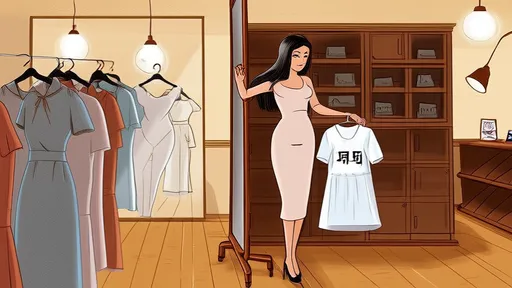
By /Aug 13, 2025

By /Aug 13, 2025
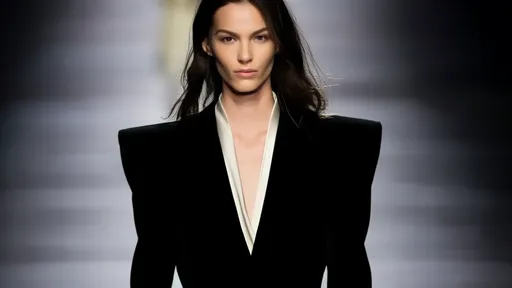
By /Aug 13, 2025

By /Aug 13, 2025
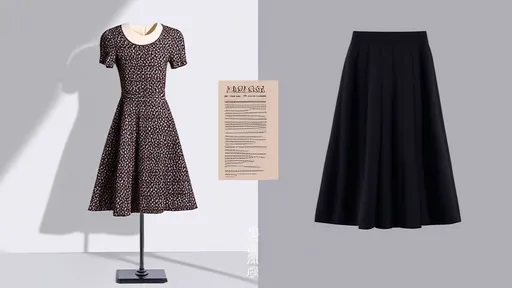
By /Aug 13, 2025
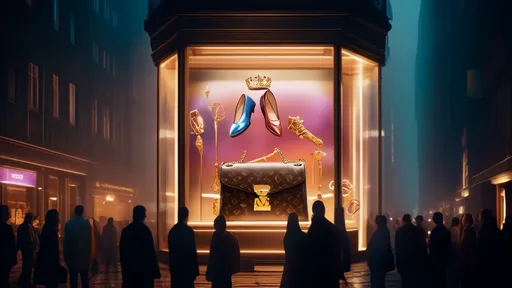
By /Aug 13, 2025